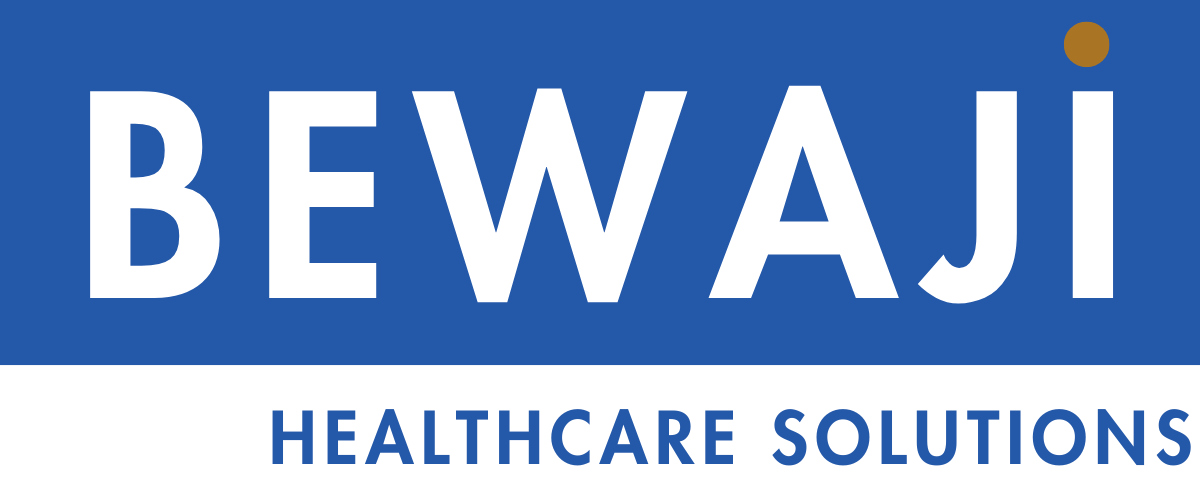Introduction
The Jamaica Data Protection Act 2020 (JDPA) is a crucial framework that healthcare providers must adhere to to protect the privacy and security of patient data. Failure to comply with JDPA can result in significant fines and reputational damage. Healthcare providers should thoroughly review their processes and procedures to ensure compliance. This article provides a step-by-step list to help healthcare providers assess their JDPA compliance and make any necessary improvements.
Explanation of JDPA
The JDPA is an ACT implemented by the Government of Jamaica to protect the privacy and security of personal data. It applies to all organizations that process the personal data of Jamaican residents, including healthcare providers. The act was passed in 2021, but a two-year grace period was given for businesses to become compliant. This two-year grace period ends in December 2023. Compliance with JDPA is essential for healthcare providers to ensure the confidentiality, integrity, and availability of patient data, as well as to maintain patients’ trust and avoid legal consequences. The JDPA affects practices of all sizes, whether paper-based or digital. While it is a substantial process, the road to compliance need not be unduly onerous or one that breaks the bank.
Here is a detailed step-by-step list of areas the healthcare provider should review to ensure JDPA compliance.
Governance and Accountability
- Review whether you have a comprehensive data protection policy that covers key aspects like processing activities, privacy by design, and record keeping. Ensure it demonstrates JDPA compliance.
- Check that all staff are trained on JDPA requirements, principles, and potential impacts of non-compliance. Retrain and test understanding regularly.
- Confirm that a Data Protection Officer (DPO) is appointed if required. Ensure the DPO has authority, resources, independence, and expertise to ensure compliance.
- Verify that the DPO’s contact details are published and shared internally and with regulators.
- Review your risk management policies. Conduct security, privacy, and administrative risk assessments. Identify and remediate any deficiencies.
- Check that you have processes to track JDPA violations, provide breach notices, and conduct annual policy reviews.
Processing Principles
- Examine records management and retention policies—document retention rationale.
- Confirm personal data is processed lawfully, fairly, transparently, for specific purposes, with a basis to justify retention periods.
- Verify that personal data collected is adequate, relevant, limited to what is necessary, kept accurate, and up to date.
- Check that measures are in place to delete data when no longer needed.
- Review technical and organizational security measures to protect personal data.
- Confirm storage, processing, and destruction procedures for hard copy personal data.
- Check that facility access is appropriately restricted to protect personal data.
Privacy by Design and Default
- Verify privacy by design and default is embedded into projects, ensuring necessary data processing only.
- Confirm systems and services are frequently audited and tested for confidentiality, integrity, availability, resilience.
- Check processes are in place to restore systems after incidents.
- Review how data minimization, pseudonymization, encryption are implemented.
Data Protection Impact Assessments
- Confirm Data Protection Impact Assessments (DPIAs) are carried out annually and for new high-risk technologies.
- Verify the DPO is involved in DPIAs. Check DPIAs systematically assess necessity, proportionality, risks, measures to address risks.
- Review procedures to detect changed risks and reassess DPIAs accordingly. Confirm risks are mitigated.
- Check process to consult Information Commissioner if risks cannot be mitigated.
Records of Processing
- Verify records of processing activities exist with required details like purposes, data categories, recipients, transfers, retention periods.
- Confirm records are in writing and available to regulators on request.
Data Subject Rights
- Check procedures are in place to provide data subjects with access to their data, permanent copies, data portability, erasure, rectification, restriction of processing, and marketing opt-outs.
- Verify time frames, fees, formats, and notifications are compliant for addressing data subject right requests.
- Confirm consent mechanisms meet JDPA standards – freely given, specific, informed, clear, easy to withdraw, verifiable parental consent where applicable.
- Review privacy notices and policies to ensure compliant information is provided to data subjects.
Breach Management
- Verify that breach policies and procedures are in place for notification, response, documentation, and remediation.
- Check that security measures are appropriate for data risks. Test incident response plan.
- Confirm that breaches are reported to regulators and data subjects as required. Maintain breach registers.
Processors
- Review policies and due diligence procedures for processors. Confirm that required contract terms are included.
- Verify that processors provide appropriate data protection and security measures. Processors are third-party entities that process patient data on your behalf.
Data Transfers
- Confirm that mechanisms used for data transfers provide adequate safeguards.
- Check required details of international transfers are documented.
- Verify that data subjects are informed of international transfers.
Conclusion
Ensuring JDPA compliance is an ongoing process requiring healthcare providers to assess and improve their data protection practices continuously. By following the step-by-step checklist provided, healthcare providers can identify any areas of non-compliance and take the necessary steps to rectify them. Regular reviews and updates to processes and procedures will help healthcare providers maintain JDPA compliance and protect the privacy and security of patient data. The key to compliance is baking data protection into your organization. Develop standard operating procedures and policies, ensure you train your staff to use these documents and build in safeguards into your processes to enforce compliance by design.



